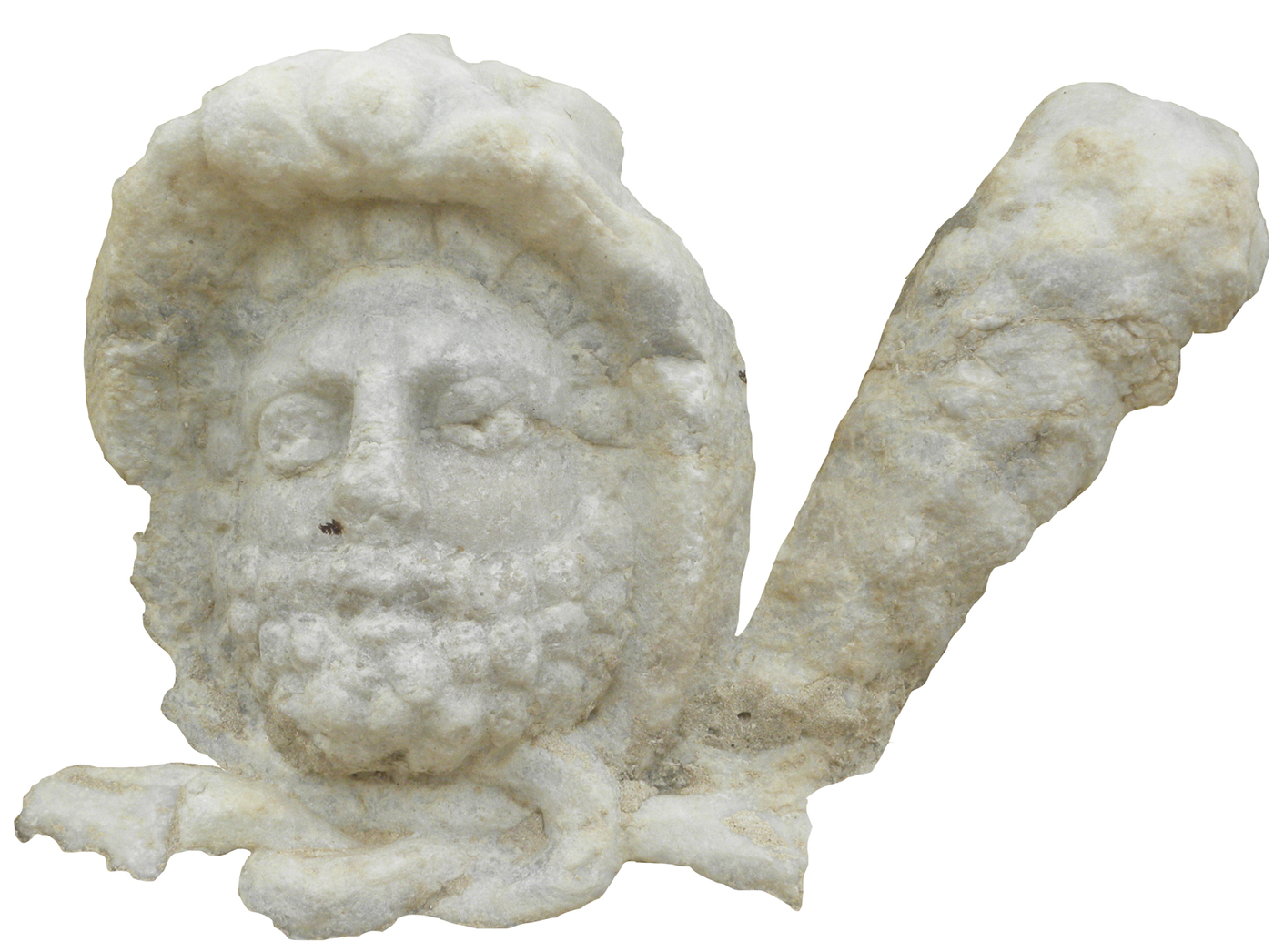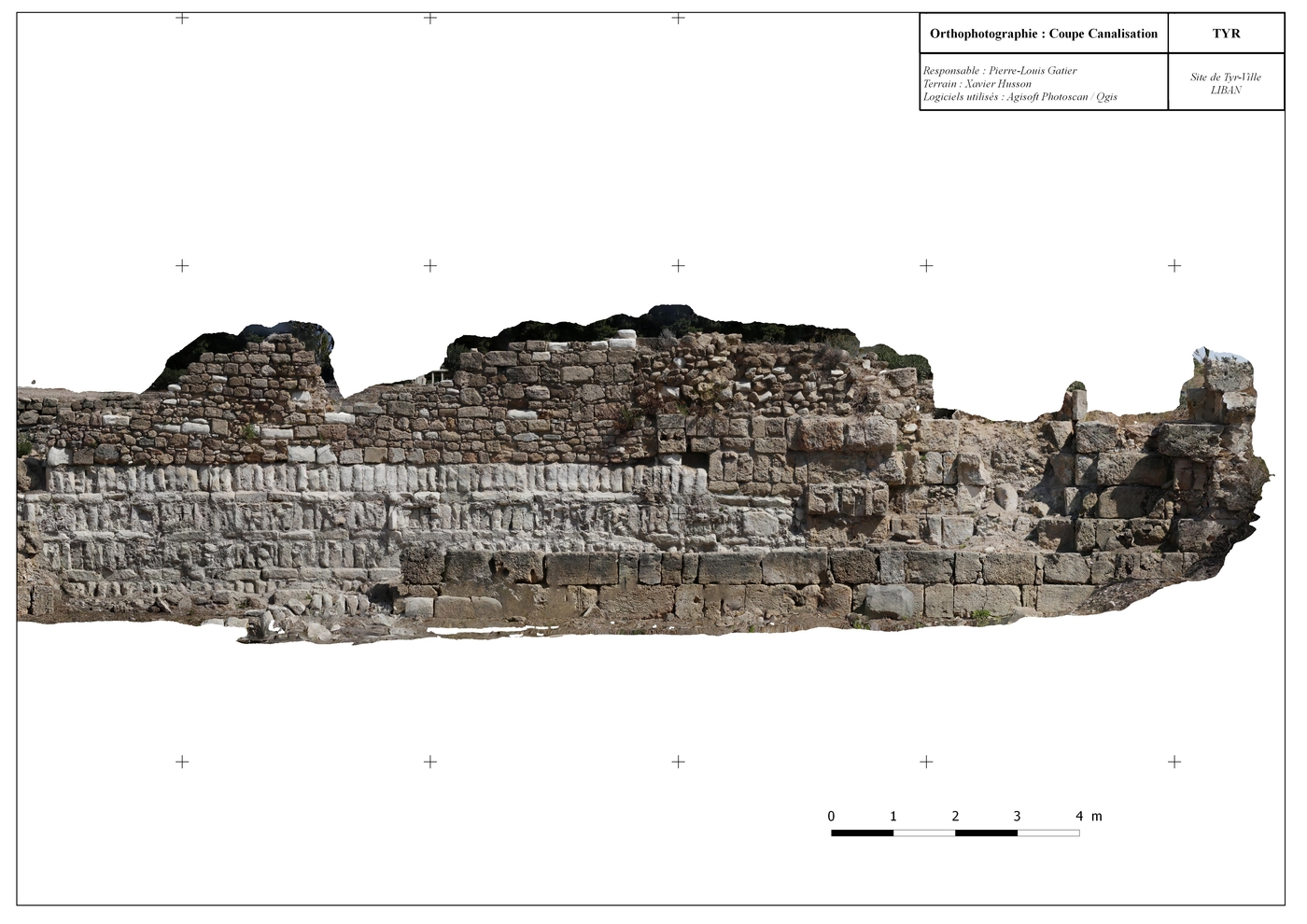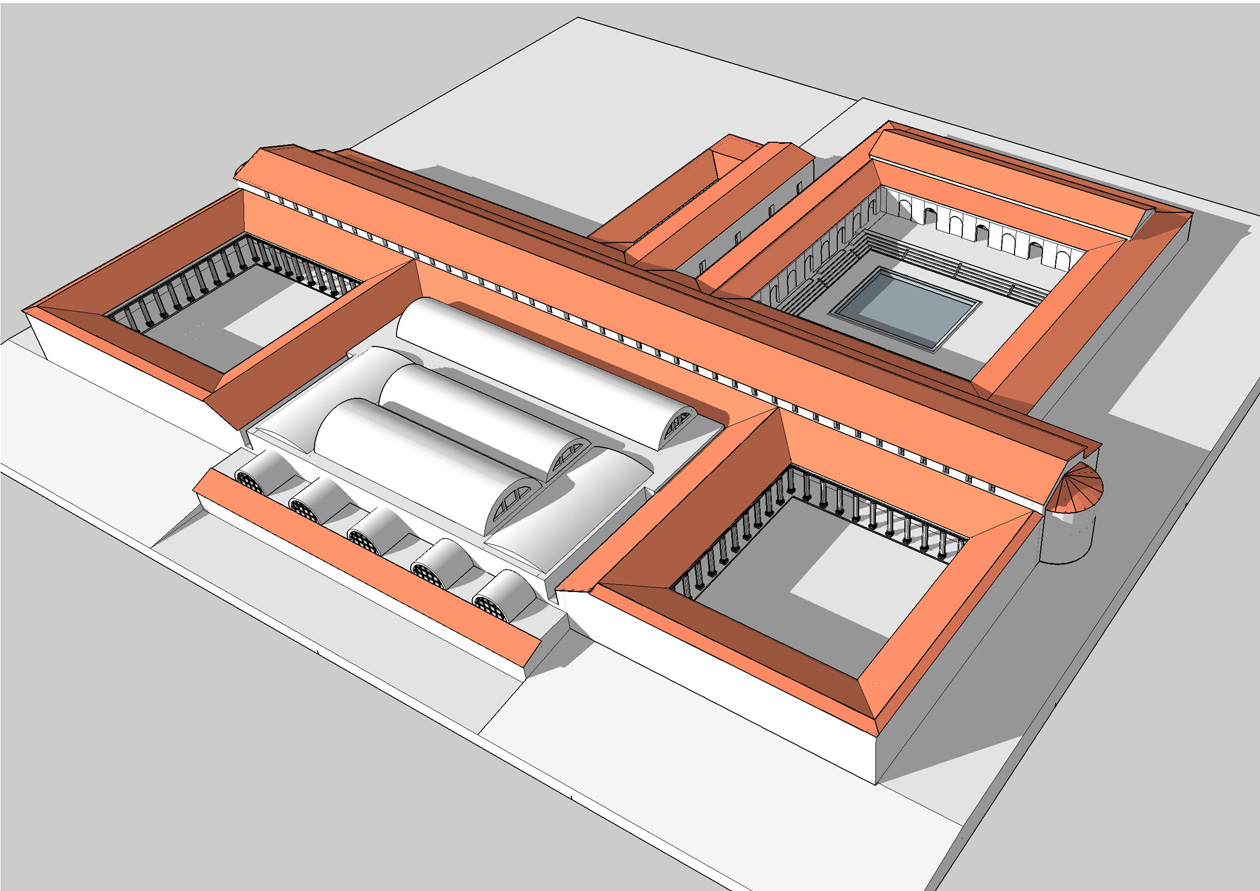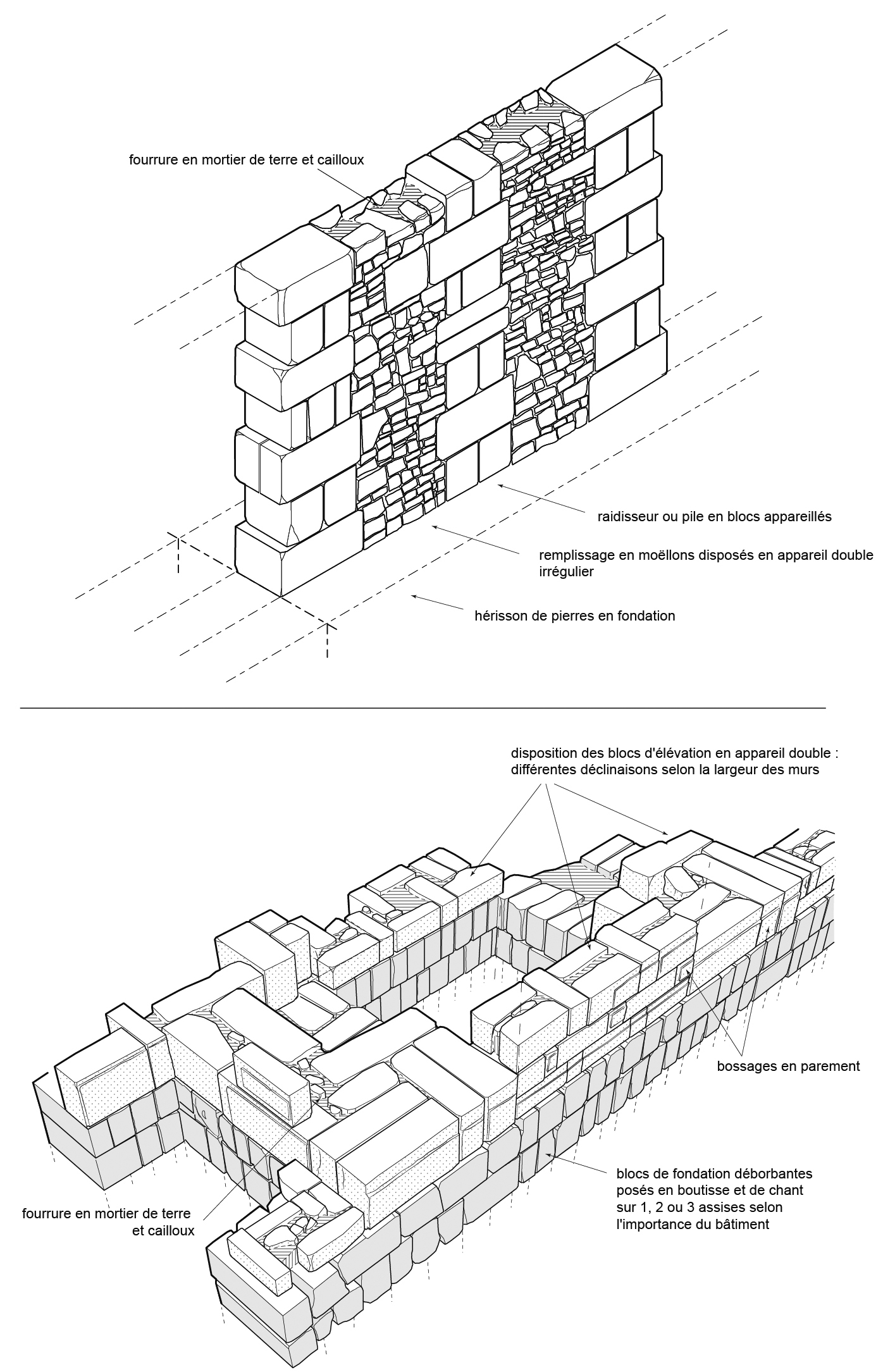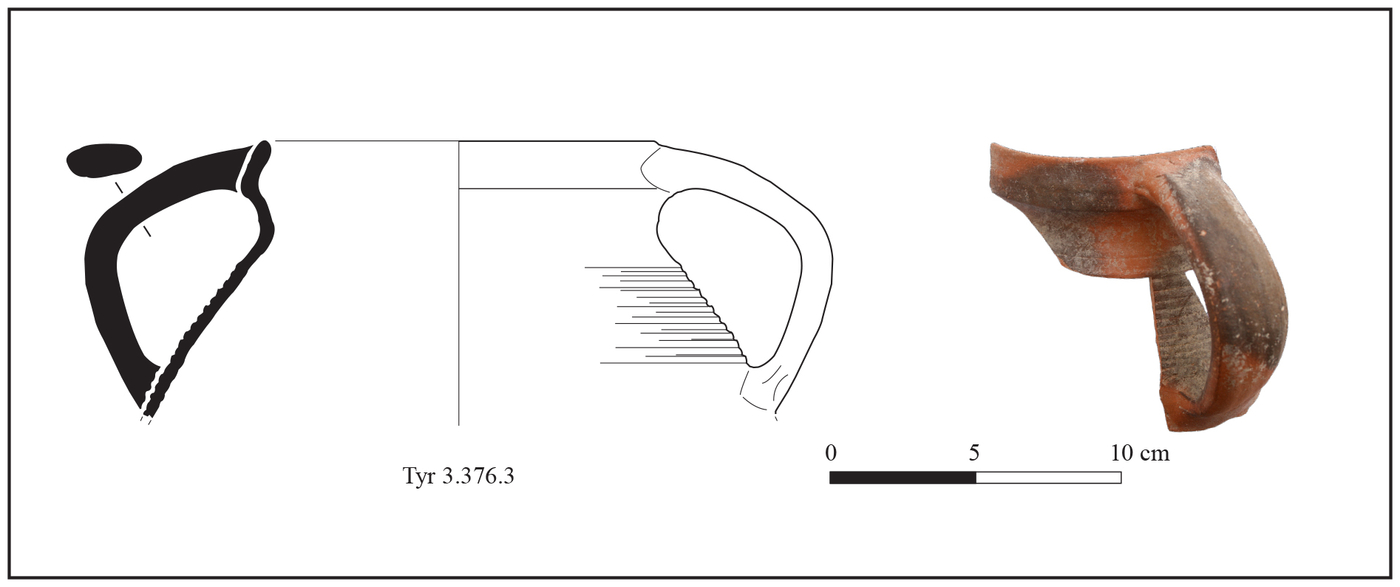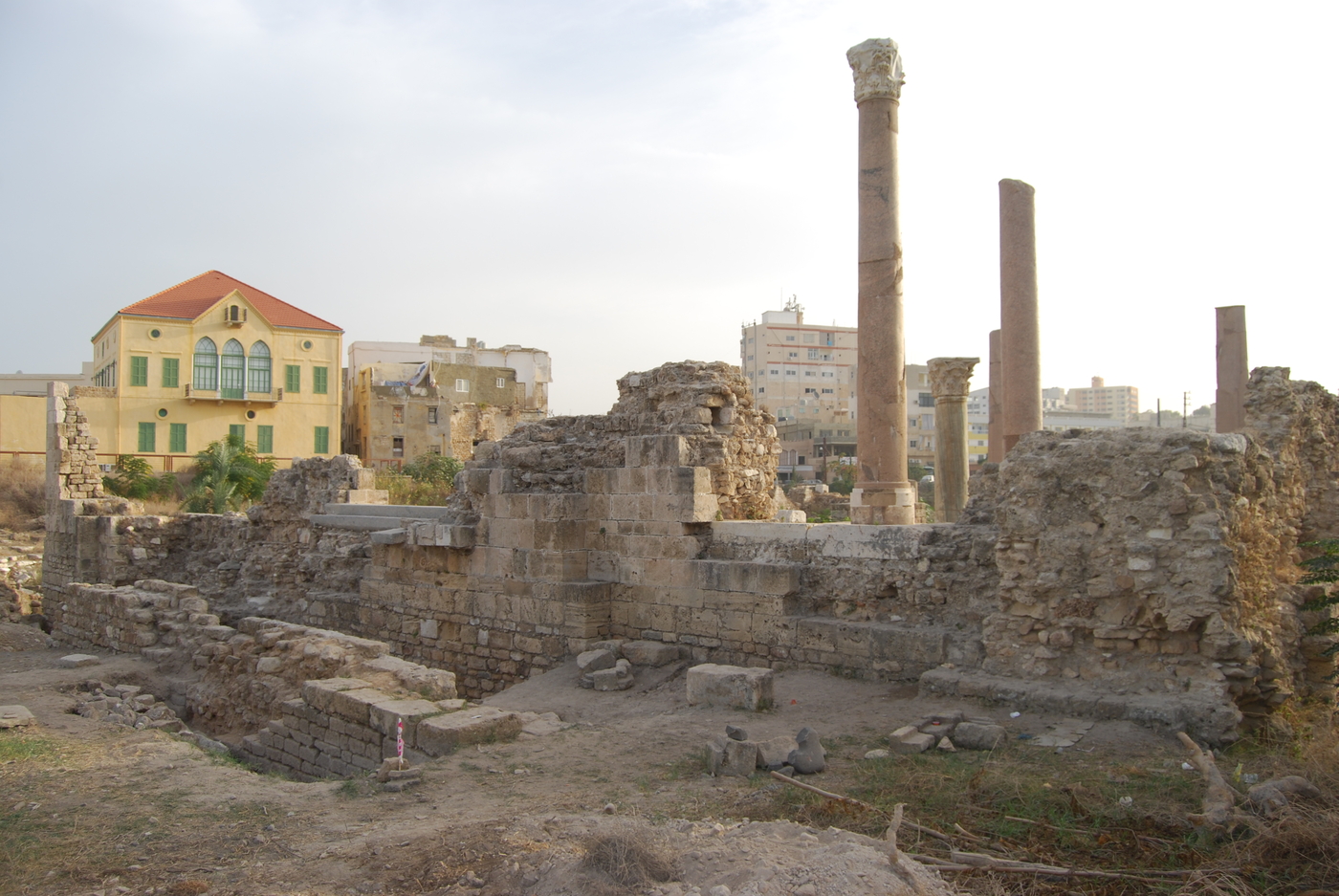Tyre
Tyre (Sour in Arabic) was a major city in Antiquity whose sailors had navigated the Mediterranean since the Phoenician period. The island, which later became a peninsula, has been explored since the late 19th century, revealing remains dating from the Bronze Age to the Ottoman period.

The long view
This prestigious site was an influential city and an active port from Protohistory to the end of the 13th century CE. During the Phoenician Period (Iron Age), its sailors founded numerous towns, including Carthage. Until the Crusades, it was one of the most powerful maritime cities in the Near East.
From island to peninsula
The earliest settlement dates from Protohistory, on an island with fresh-water springs, a short distance from the coast. On the continental side there was a secondary agglomeration and necropoles. Following the siege of the city by Alexander the Great (332 BCE), the jetty built by the besiegers was gradually transformed into an isthmus linking the island to the continent, which spurned the growth of the agglomeration.
Urban development research
The archaeological work carried out before the civil war in Lebanon (1946-1975) was resumed in 2006 by a French-Lebanese mission supported by the « Excavations Committee » of the MEAE (French Ministry for European and Foreign Affairs), with the support of the Directorate General of Antiquities (DGA) of Lebanon.
The research team
Since 2006, the Archaeological Mission in Tyre (MAT) (CNRS Univ. Lyon) has brought together French and Lebanese specialists to reconstruct its urban evolution and coastline, including its ancient ports, over the long-term, by comparing field and archive data on ancient works.
Learn more
www.hisoma.mom.fr/recherche-et-activites/mission-archeologique-de-tyr


